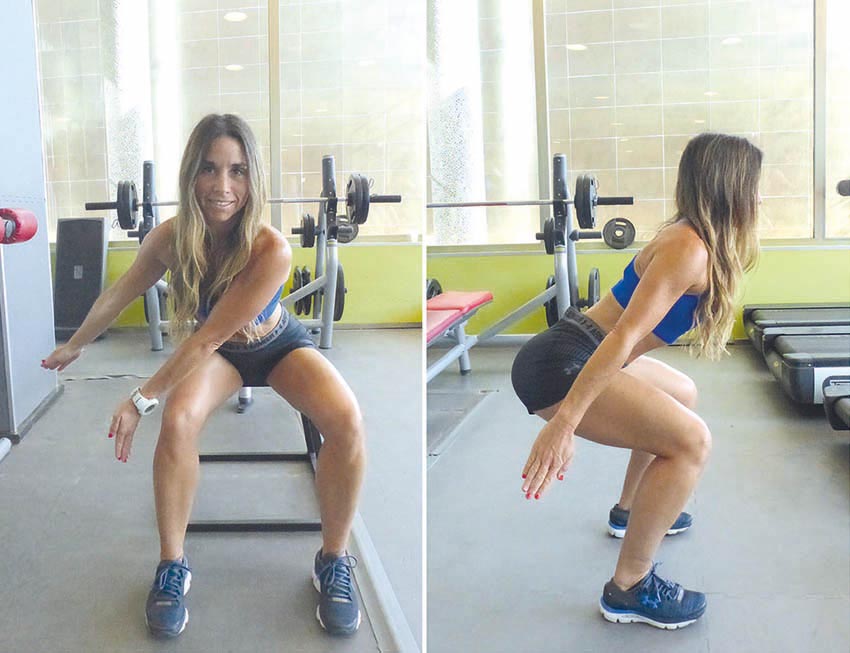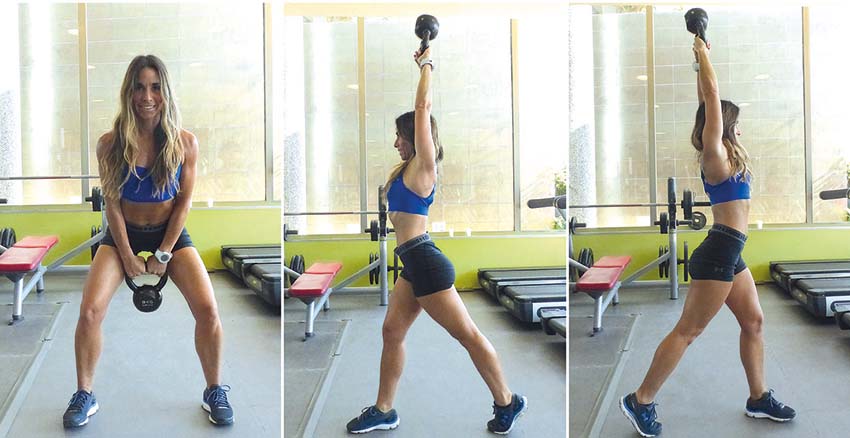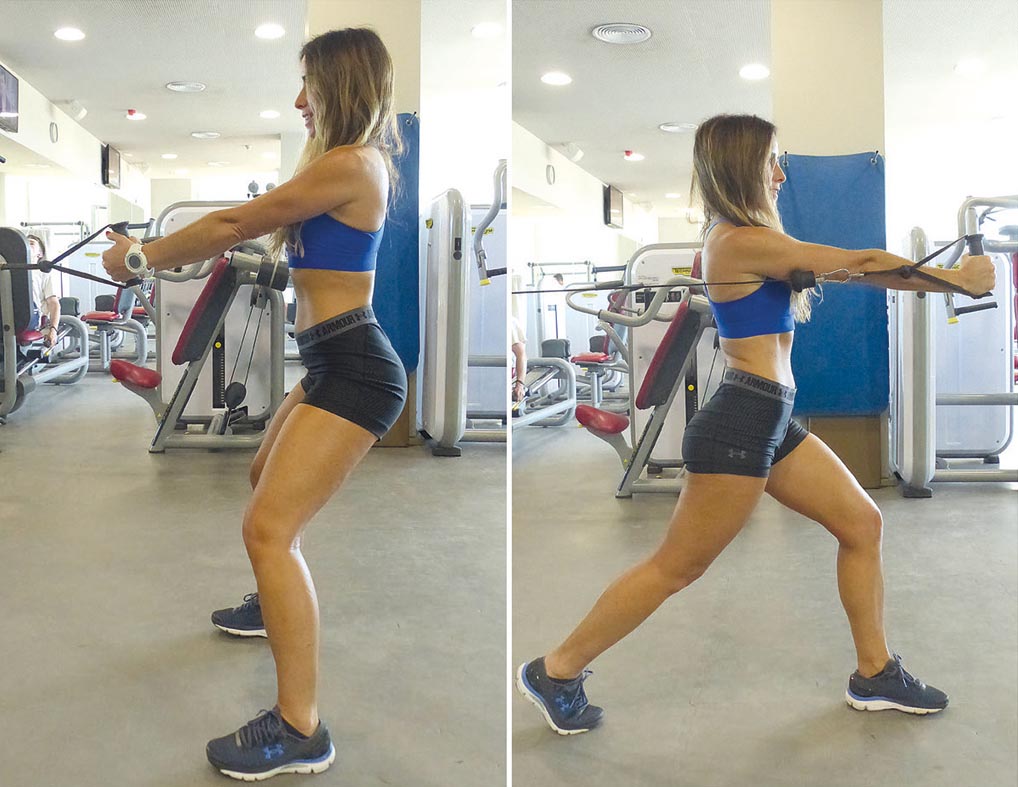We all know that the golf swing is a specific movement that involves an acceleration phase which is essential in generating adequate speed and ensuring efficient impact with the ball. This is one of the most relevant phases of the swing’s kinetic chain due to the fact that, in a very short period of time (little more than a second), high speeds are reached – or at least that is the intention.
Nevertheless, while working on that aspect in order to be able to impose more speed on the ball at the moment of impact, and thus achieve greater distances, should be one of the key objectives with our swing, we cannot ignore another significant component that also shapes this chain: i.e. deceleration. The secret to a good swing is that our body has the ability to generate more speed, but at the same time it also has the ability to decelerate.
This is known as anti-rotation, and it is extremely important for generating greater stability in the spine – a vital capacity not only in terms of performance but also to prevent injuries. Both anti-rotation and acceleration can be taught: for example, by training the abs to resist lateral forces. This enables us to stabilise the body while adjacent segments are stretched and contracted, and this ability is what allows us to generate speed and maintain a consistent posture during the swing.
Therefore, we can conclude that, to achieve a good swing, we must not only work on acceleration (and speed), but also deceleration and the foundation on which these attributes are demonstrated efficiently – which is stability. Featured on these pages are some exercises to help you work on acceleration and deceleration, as well as stability.
Always remember, however, that they are examples and must always be selected by a professional in accordance with your individual characteristics and objectives.

EXERCISE 1: From a sitting position on a bench, with both arms extended to one side of the body, make a lateral jump as far as possible while aiming for a solid and stable landing. Progression: land on one foot!
EXERCISE 2: Perform a complete swing with one kettlebell and, once it is raised completely, rotate the body to one side while keeping the kettlebell and wrists stable. Then alternate.
EXERCISE 3: Take the grip of the pulley with both hands to start the exercise. From that position, rotate 180 degrees backwards, making an explosive movement with one arm (acceleration), then return to the initial position (stable), putting a brake on the generated inertia (deceleration).



